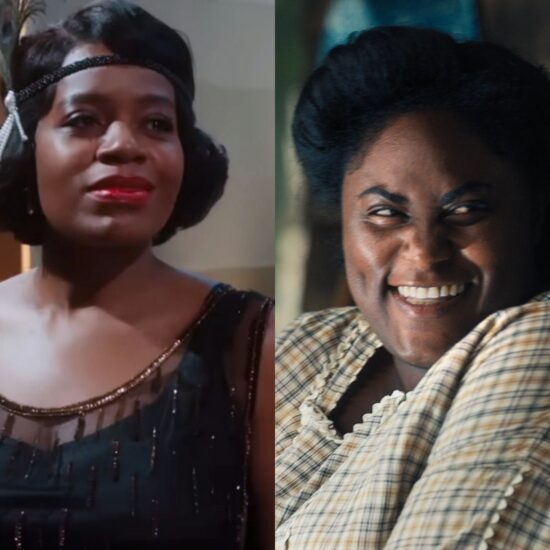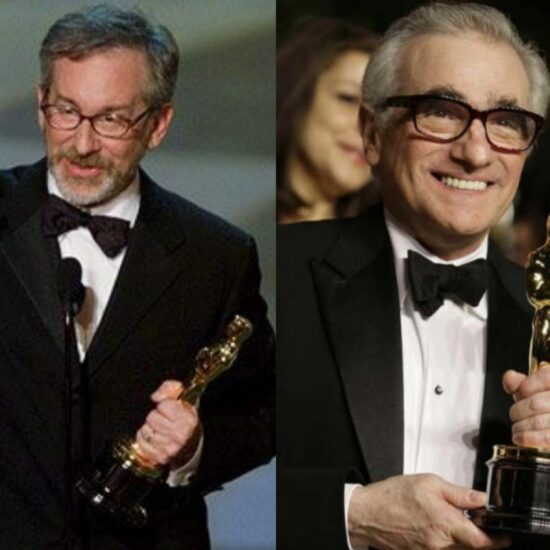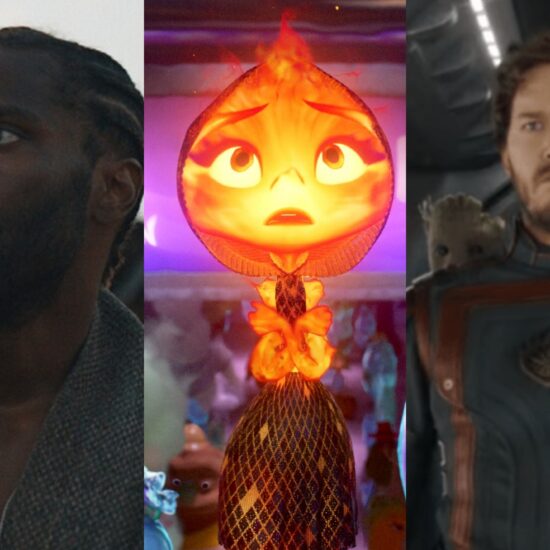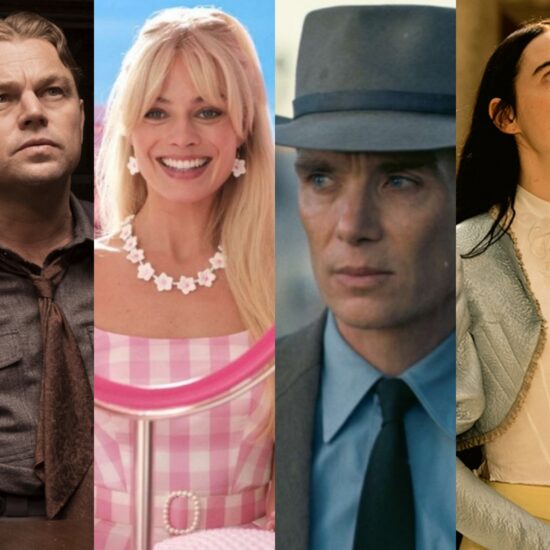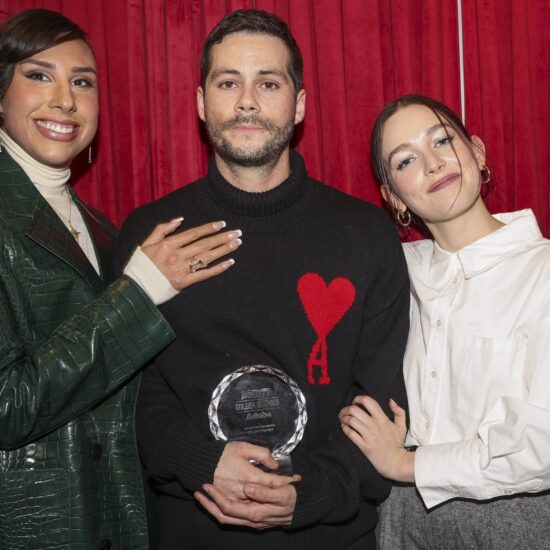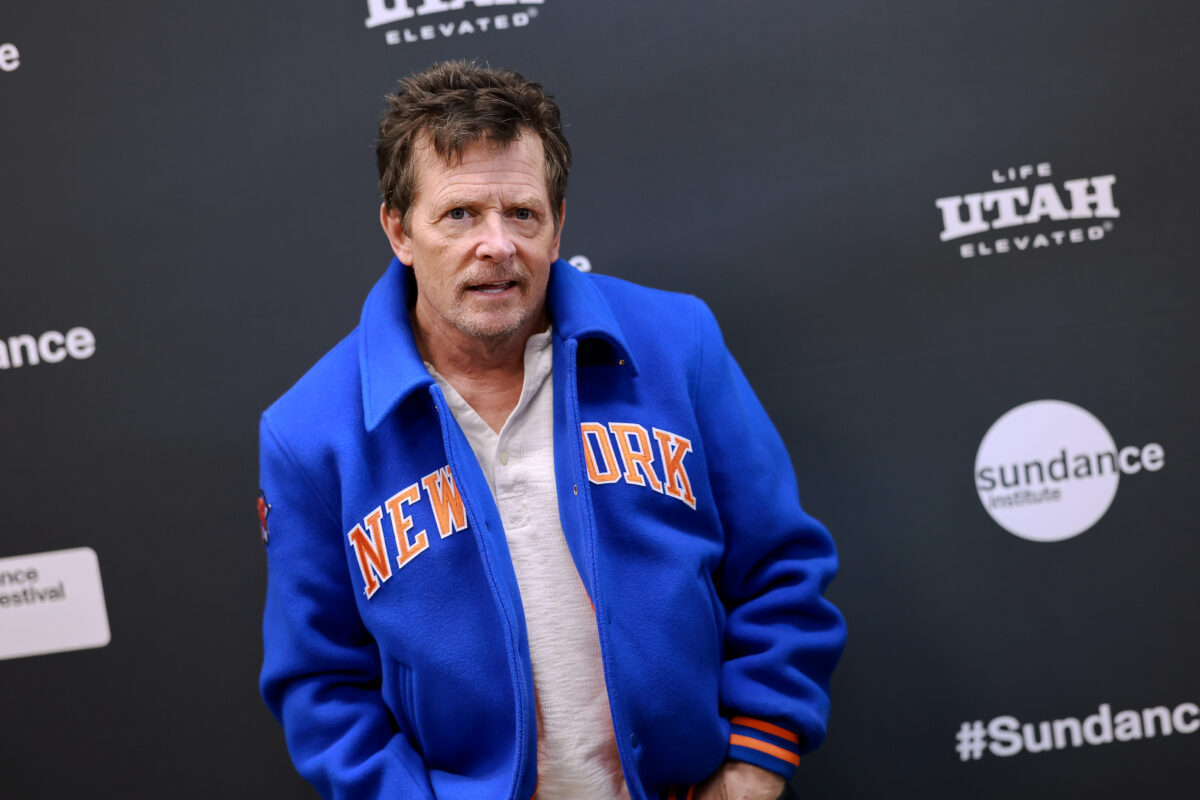
“Inconvenient Truth” Oscar-winner Davis Guggenheim, like many creatives at the top of their game, always worries about staying there. When he read Michael J. Fox’s 2002 “Lucky Man: A Memoir” three years ago, he knew he wanted to produce a movie about the plucky star. But when he met with the actor, who was diagnosed with Parkinson’s Disease at age 29 and is now 61, Guggenheim began to see what he could do with this moving drama.
“I was like, ‘wow,’” said Guggenheim. “Because I’m 59. Well, he’s a few years older than me. My kids are getting out of the house. I feel older, more fragile. I spent a lot of time going ‘poor me, poor me. The glory days of my family are over. My best films are behind me.’ You get in a rut. You convince yourself that life is shit. And then I’m like, ‘Well, how is it that he’s got this other momentum of optimism when he has a shittier circumstance?”
Guggenheim, whose Concordia studio has a first look deal at AppleTV+, pitched the studio “a documentary that feels like an 80s movie,” he said. “I want to have big songs. I want a big Hollywood score. I want to do ambitious reenactments. I want to do full archive, and take an audience on a ride. It was time and time and money. And they didn’t flinch. They were like, ‘Great. Let’s do it.’”
Guggenheim knew he had a wealth of material to play with. He could not only build a sturdy narrative from the audio from Fox’s four books, but he and his editor Michael Harte (“Three Identical Strangers”) tapped into a rich trove of video from behind the scenes of the star’s smash TV series “Family Ties,” movies like his back-to-back 1985 hits “Back to the Future” and “Teen Wolf” and 1988 flop “Bright Lights, Big City,” verite footage of Fox and his family, seven Interrotron interviews with Fox, and finally, re-enactments with actors shot in Fox’s old stomping grounds near Vancouver, Canada.
The filmmaker’s first challenge was to skip the cliches of the celebrity movie. “The two cliches are: The boy’s fame, ‘it’s so hard,’” said Guggenheim. “And the other one is a person with a handicap: ‘Aren’t they noble? And wonderful? And courageous?’”

What sucked Guggenheim in was the quality of Fox’s writing. The opening of the movie comes straight from the book: After a night of partying with Woody Harrelson, Fox wakes up in a haze and sees his pinky trembling. “That’s his voice from reading the book on tape,” said Guggenheim. “So there’s strong storytelling… good scene work. And then I knew it’d be funny. The big surprise was just the unexpected, true life wisdom that he has. That spoke to me.”
The movie shows the diminutive budding actor on the move from the start, convincing his conservative father at age 18 to take him to L.A. for auditions. When he landed some roles, his father left him behind to manage on his own. “Family Ties” arrived just in time. Gary David Goldberg hired Fox over the objections of NBC president Brandon Tartikoff, who said he couldn’t imagine seeing Fox’s face on a lunchbox. Years later after the top-rated show had won five Primetime Emmys including three for Fox, the actor sent Tartikoff a signed “Family Ties” lunchbox, which the network czar kept in his office for years.
In stitching together Fox’s life and career, Guggenheim and his editor Michael Harte had fun finding clips that matched what was going on in his life, such as a first date with his future wife Tracy Pollan culled from “Bright Lights, Big City.” In real life, he was jumping out of his skin with partying. “She meets him when he’s had the highest two grossing movies of the summer,” said Guggenheim, “and the number one TV show ‘Family Ties.’ And they meet and she’s an actress on set. “He says, ‘I was being a dick.’ And she just calls him on it and says, ‘You’re a complete fucking asshole.’ And he says, ‘I fell in love with her right away.’”
The editor also artfully intercut behinds the scenes footage from a “Family Ties” documentary with “Secret of My Success” and Fox’s narrative of Goldberg giving him the script to “Back to the Future.” At first, Goldberg had told Steven Spielberg Fox could not be released to shoot the movie, but after Spielberg wanted to replace Eric Stoltz, Goldberg relented. The sequence showing Fox getting picked up in the morning to go to “Family Ties,” then taken to the set of “Back to the Future,” then home for a little rest, which goes on for two months, is a brilliant mix of sources. “That was like a chop salad,” said Guggenheim. “Throw in some salami and some mozzarella and some diced Romaine. You go from him buttoning up a shirt in reenactment and walking through the door backstage and then he opens the door at ‘Family Ties’ and then we shoot him in Vancouver with a Teamster.”

First, Guggenheim threw cards up on the wall for 20 scenes using Fox’s audio narration that he knew were going to be the arc of the movie. (He had to get Fox to record some material unaccountably left out of Hachette’s abridged audio version.) “And we cut the movie together, but didn’t shoot the recreations until the very end,” said Guggenheim. “I would storyboard what those scenes would be. And there was a tremendous amount of trial and error. I would storyboard stuff, Michael the editor would throw them out. I storyboard them again, he would throw them out. He would put in scenes from ‘The Secret of My Success,’ I would throw them out. It was like that. And we would figure it out.”
The other key ingredient was verite footage of Fox’s life, using a locked down camera. “In most documentaries, you’re handheld because you don’t know what’s going to happen,” said Guggenheim. “And you’re falling, you’re running down hallways and getting on planes. And, because he’s always moving because of Parkinson’s, and he’s shaking, I thought he should move and the camera should not. It was a weird instinct. I would just pick a frame and lock it off and let him be inside that frame. If he is shaking, the camera should not shake.”
And crucially, Guggenheim filmed seven days (shot over a year) of five-hour interviews using the Interrotron, a device that enables the subject to look right at the camera. The effect is that Fox’s big blue eyes are gazing straight at the audience as he speaks. Thanks to a tip on a commercial job from cinematographer Clair Popkin, Guggenheim learned you could set up the Errol Morris Interrotron rig at an angle so that the interviewer and subject were only four feet apart, looking right at each other— but it looks like Fox is looking into the lens. “I went home going, ‘the soul of the movie is seeing Michael in close up.’”

At the end, though, Guggenheim felt like something was still missing. So he set up one last interview with Fox. During the year that Guggenheim documented the actor, he kept missing shoots because he was recovering from a fall, a broken arm, or hand. In one scene he’s applying makeup to a broken cheek that is held together with pins. After all the interviews, Guggenheim realized he had failed to ask Fox about his pain. “He went through hell that year,” said Guggenheim. “More time in the emergency room than at home. And, and yet he never bitched or complained, you know? ‘Dude, you gotta at least, let me teach you how to talk about your pain. Because I’m really good at that.’ He just doesn’t want to be pitied. He says, ‘pity is a benign form of abuse.’”
When Guggenheim asked him directly, Fox admitted, “I’m in a tremendous amount of pain.”
“It was wild,” said Guggenheim. “Because he broke his hand, they put pins in his hand, with Parkinson’s, and his hand shakes meant that the pins couldn’t settle, and the wounds would never heal. Every tremor is like a seismic jolt. But he never says, ‘look at how I’ve suffered.’” Guggenheim then intercut the last interview with one last physical therapy session that reveals Fox’s physical suffering.
What Fox lives for his spending time with his family, and helping others cope with the incurable progressive disease via The Michael J. Fox Foundation for Parkinson’s Research. Fox is also hoping to convince people not to feel shame about having the disease, which he hid for seven years. Per Guggenheim, the Foundation has helped to modernize the understanding of Parkinson’s, by marking the disease with a test: “It’s groundbreaking. So through his celebrity, he got attention to this.”
Guggenheim edited the movie down to a tight 94 minutes. His mantra, learned producing and directing with David Milch on the first season of “Deadwood,” was “‘how do you take this character through this journey? And how do you not let the audience go?’ And so when scenes did that, we kept them and when scenes didn’t do that, we threw them out.”
The theme that bubbled up during filming was Fox running. “He’s running,” said Guggenheim. “He’s always moving, always moving. We start with that line, ‘Before Parkinson’s, what did it mean to be still?’ And he says, ‘I don’t know. I was never still.’ And then boom, he’s a kid running, and he steals a candy bar and running, running. And so we had this basic structure, which is that the first half of the movie: he’s running toward something, which is the golden thing, fame and fortune. And then he gets Parkinson’s. And then he’s running away from something. And then what he gets at the end is something very different, which is the title.”












